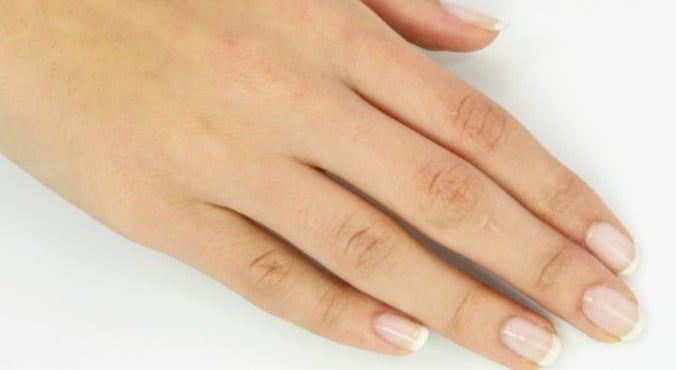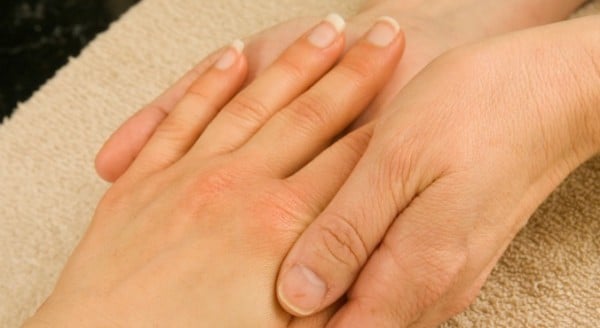
Image: iStock.
Fingernail ridges. If you have them, you know they are about the most annoying things around.
They snag. They break down to the quick. Then, they break.
You might have tried to cover them up or buff them out, but what you really should be doing is finding out if they signify a potential health problem.
As a general rule, we all have subtle fingernail ridges, so tiny you have to really inspect them at close range to see them.
If they are more obvious, they might mean something else.
To start, check the the direction of the ridges – are they vertical or horizontal? And what does that mean?
Vertical Ridges
1. Age
“There are many reasons for ridged nails, but the most common is aging,” says Dr Phoebe Rich, clinical adjunct professor of dermatology at Oregon Health Science University. “As we age the nail matrix becomes atrophied in areas, resulting in longitudinal ridging of nails. I tell people they are like wrinkles in the nails.”






























































































